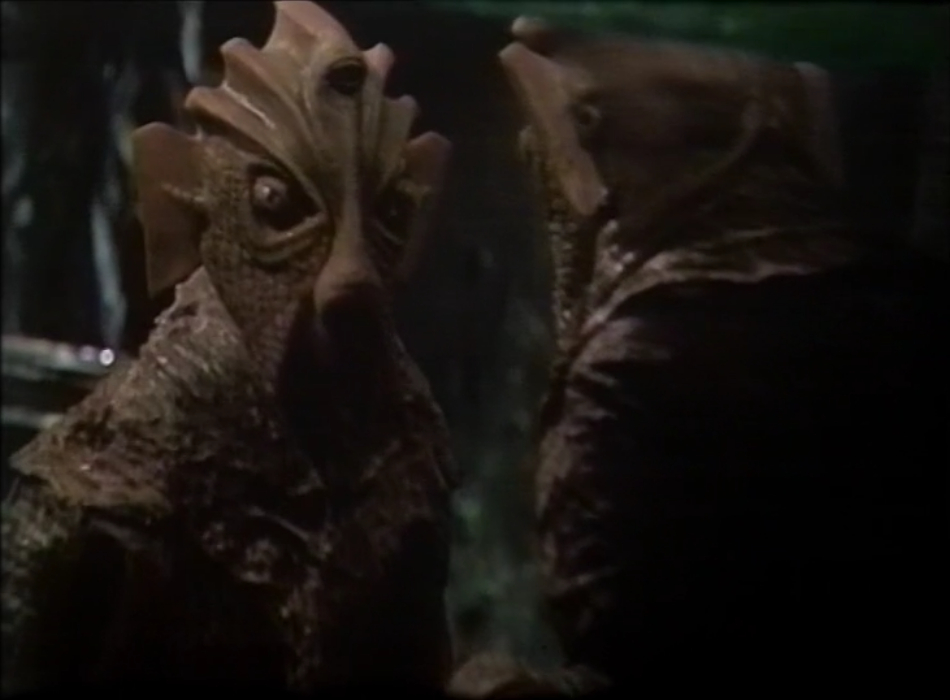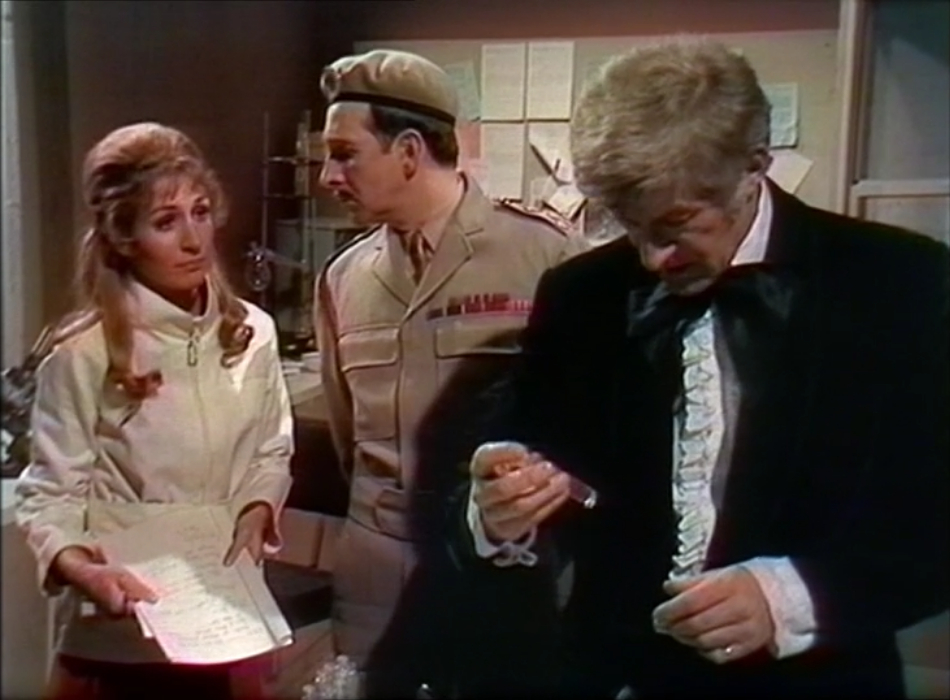![[March 16th, 1970] The Fatal Flaw (<i>Doctor Who</i>: Doctor Who And The Silurians)](https://galacticjourney.org/wp-content/uploads/2025/03/700316peaceinourtime-672x372.jpg)

By Jessica Holmes
Welcome back to our Doctor Who coverage, where today we’re wrapping up the latest serial: “Doctor Who And The Silurians”. With lives lost on the Silurian and human sides, will the Doctor be able to persuade those left behind to see sense?

Continue reading [March 16th, 1970] The Fatal Flaw (Doctor Who: Doctor Who And The Silurians) →
![[February 22, 1970] An Es-scale-ating Conflict (<i>Doctor Who</i>: The Silurians)](https://galacticjourney.org/wp-content/uploads/2025/02/700222howdoyoudo-672x372.jpg)

By Jessica Holmes
Welcome back to another month of Doctor Who coverage. Jon Pertwee’s run as the Doctor continues in the same strong fashion in which it started with an intriguing serial from the pen of Malcolm Hulke. We’re about halfway through, so let’s catch you up on the latest happenings in “Doctor Who And The Silurians”. No really, that's how he titled it. Yes, it is an odd choice, but don't let it put you off.

Continue reading [February 22, 1970] An Es-scale-ating Conflict (Doctor Who: The Silurians) →
55 years ago: Science Fact and Fiction



![[March 16th, 1970] The Fatal Flaw (<i>Doctor Who</i>: Doctor Who And The Silurians)](https://galacticjourney.org/wp-content/uploads/2025/03/700316peaceinourtime-672x372.jpg)
![[February 22, 1970] An Es-scale-ating Conflict (<i>Doctor Who</i>: The Silurians)](https://galacticjourney.org/wp-content/uploads/2025/02/700222howdoyoudo-672x372.jpg)
